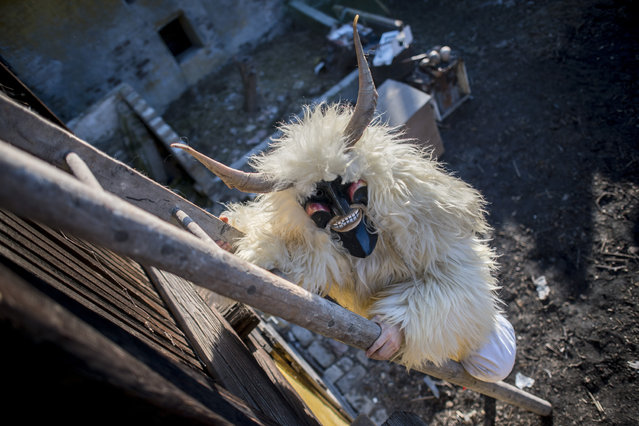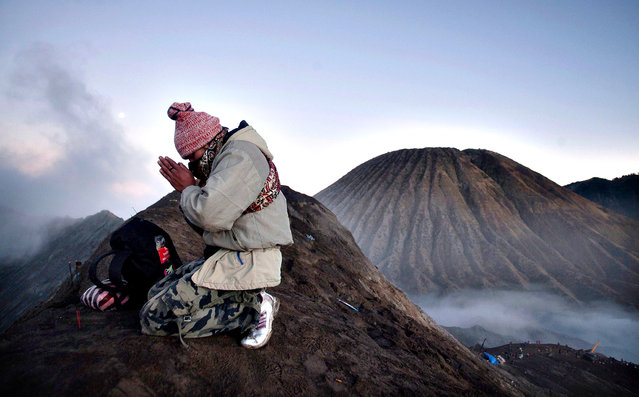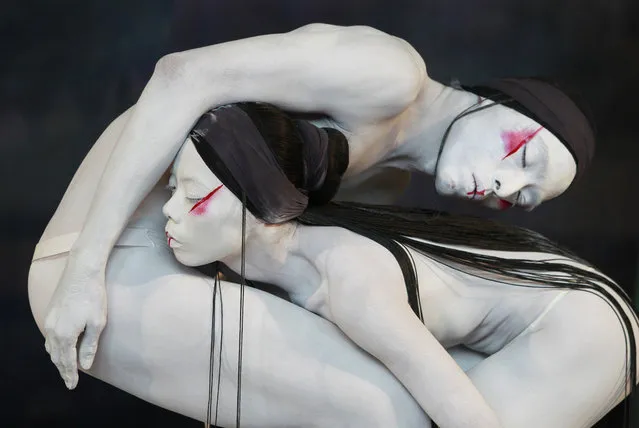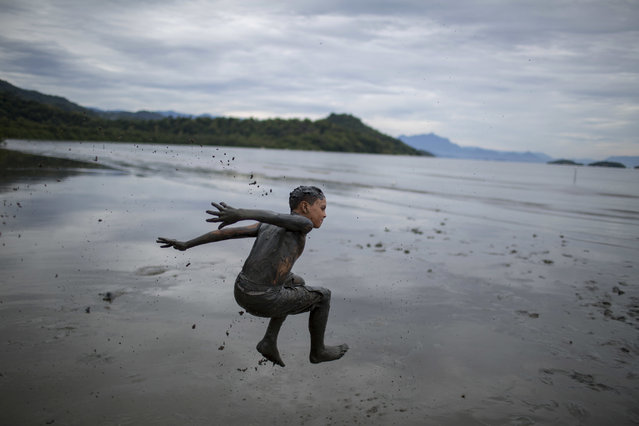
Walking figures depicting late US rock and roll legend Elvis Presley appear on a traffic light switching from green to red in Friedberg near Frankfurt, Germany, Thursday, December 6, 2018. Presley served in Friedberg from October 1958 to March 1960 as a soldier in the US Armed Forces. (Photo by Michael Probst/AP Photo)
10 Dec 2018 00:07:00,post received
0 comments







